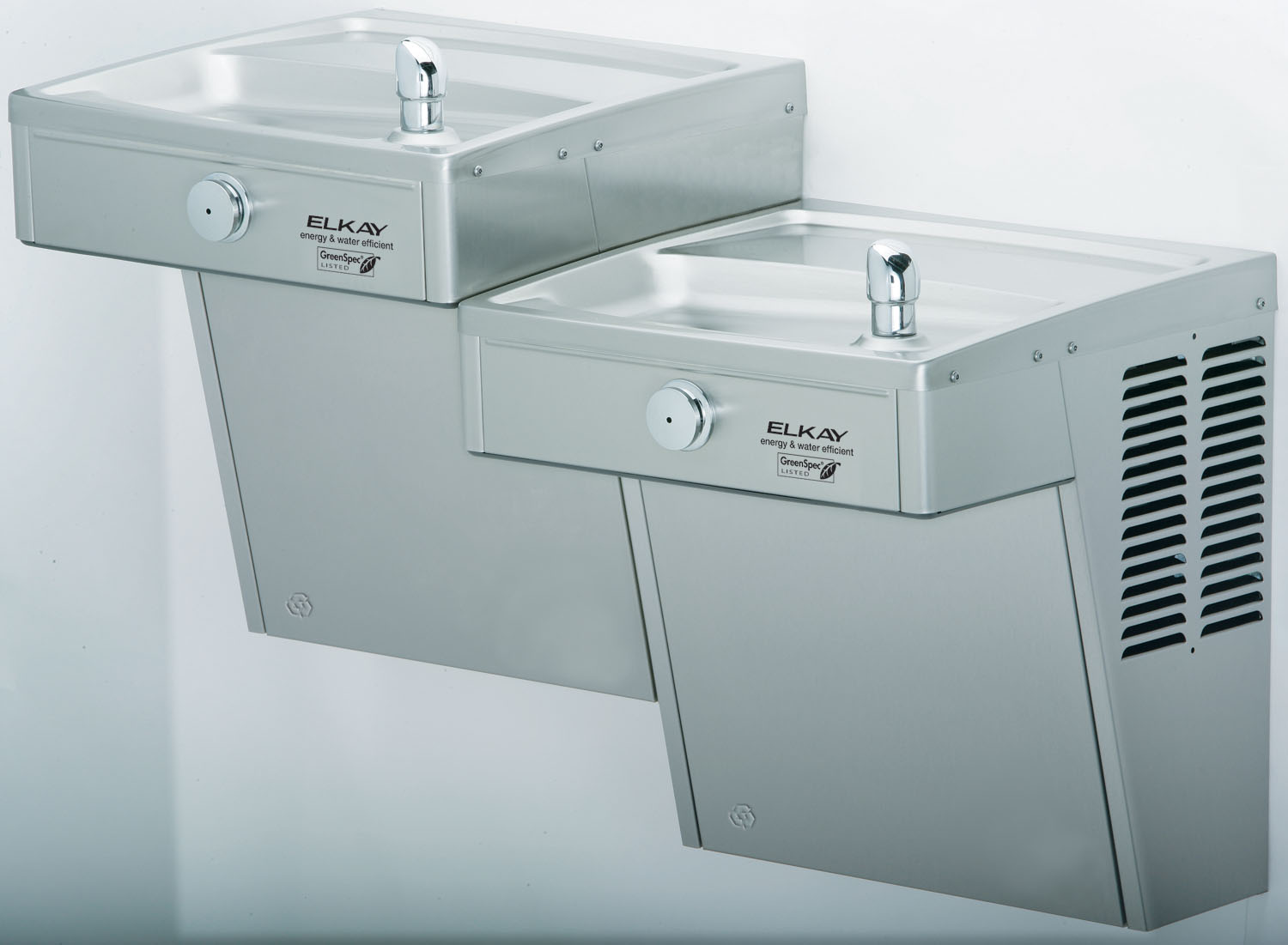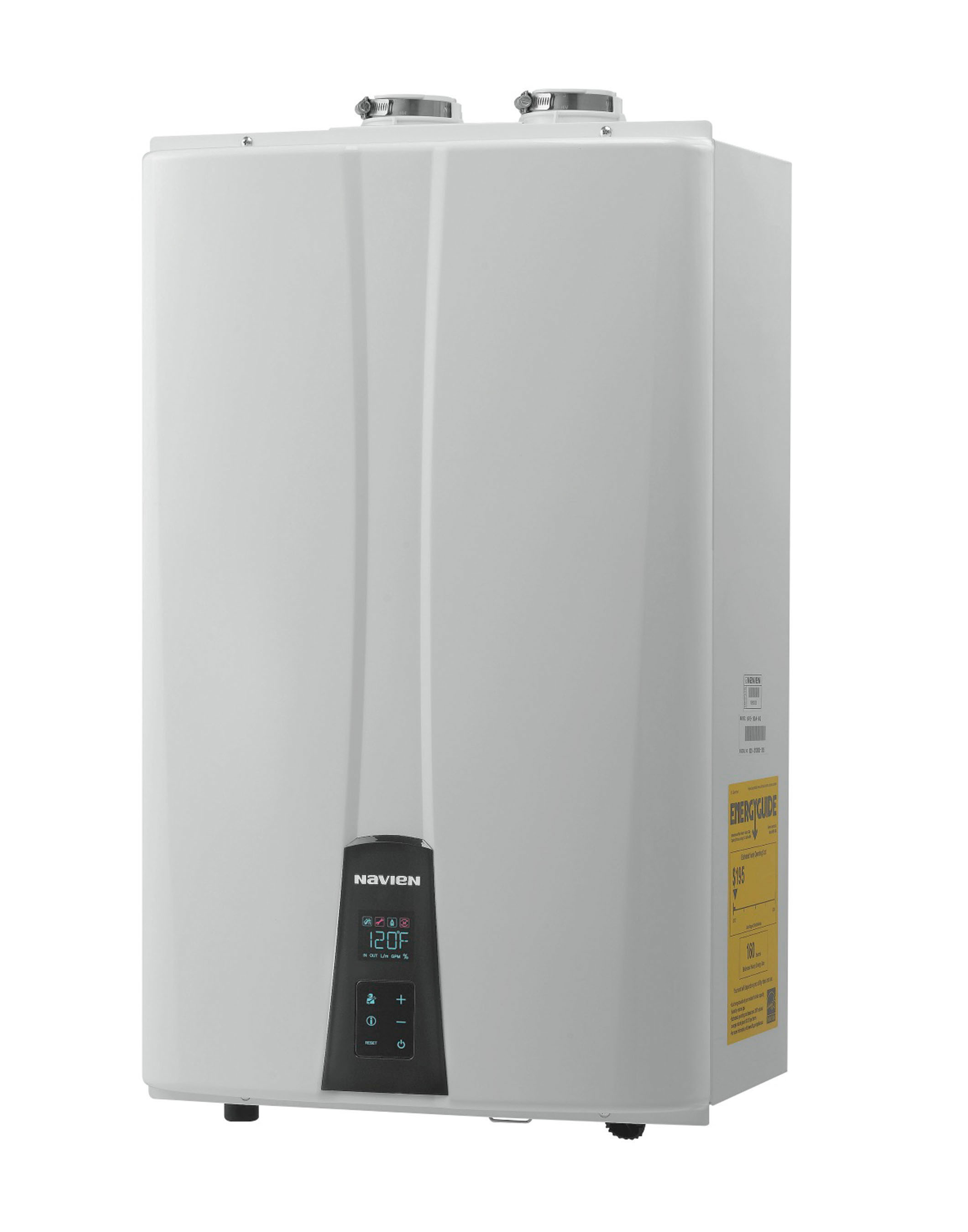A new policy report, Electronic Registration Systems for Cooling Towers – Improving Public Health and Sustainability Outcomes, published by the Urban Sustainability Directors Network, proposes a standardized yet flexible template for cooling tower registries. The template is designed to improve health outcomes, address disparity in affected populations and increase water and energy efficiency.
NSF Health Sciences LLC, an NSF International company, and GroveWare Technologies, developed the report for USDN with workshop input from more than 20 federal, state, provincial, city health, environmental, sustainability, water and/or building agencies.
Cooling towers are the point where heat extracted from a building is dissipated to the atmosphere through an evaporative process. As such, they are a critical component of many cooling systems in commercial, industrial, healthcare, hospitality and residential facilities. There are more than 2 million cooling towers in the United States, making them more common than elevators, yet much less regulated, according to the report.
Poorly maintained cooling towers can disperse legionella and other diseases through contaminated water droplets created as part of the cooling process. Additionally, since poor energy-conservation practices increase water demand on buildings, registries are an important sustainability tool that can help evaluate the effectiveness of maintenance plans and identify areas for improved efficiency, the report highlights.
Most North American cities do not track the location of cooling towers and are “forced to rely on imprecise methodologies during public health emergencies,” the report says, adding that there is a “continued tolerance of widely divergent maintenance practices by building owners.”
According to the report, registries provide municipalities with a management tool for maintenance record keeping and support to building owners to meet regulations.
New York City was the first U.S. city to create an electronic cooling tower registry system after a large Legionnaires’ disease outbreak in 2015 that sickened 138 people and led to 16 deaths. A handful of other cities and states, including Austin, Texas; Hamilton, Canada; Vancouver, Canada; the State of New York; Quebec, Canada and Victoria, Australia, now require cooling towers to be registered. National registries also exist in the United Kingdom, France, Germany, the Netherlands, Hong Kong and Singapore.
The report details IT specifications to create and rapidly implement an electronic cooling tower registration system.
“Technology plays a key role in nurturing a healthy urban living environment. The USDN workshop provided us the opportunity to share our experience deploying the New York City Registration Portal with participating governments and provided attendees with a roadmap for a successful program implementation,” said Hrair Achkarian, president and CEO of GroveWare Technologies Inc., the software firm that developed New York City’s cooling tower registration system.
Registries can also be a crucial tool to measure key sustainability performance indicators, aiding jurisdictions in evaluating the effectiveness of a building’s water conservation plans and identifying areas for improved energy efficiency.
Cooling towers can be a significant source of water demand for a building, representing 20-50% of total water usage, according to the report, which added that poor management practices result in millions of wasted gallons of water per year in a single cooling tower. In Los Angeles, California alone, for example, it is estimated that more than 2 billion gallons of water per year are wasted.
The report reflects information collected from participants in webinars on April 15, May 17 and July 16, 2019; as well as a two-day workshop conducted Sept. 9-10, 2019, at the annual Legionella Conference in Los Angeles, co-hosted by NSF Health Sciences and the National Environmental Health Association. NSF and GroveWare also conducted interviews with several agencies participating in the USDN project to gain insight into what criteria and factors were critical to their public health and sustainability missions.
Learn more at usdn.org.



